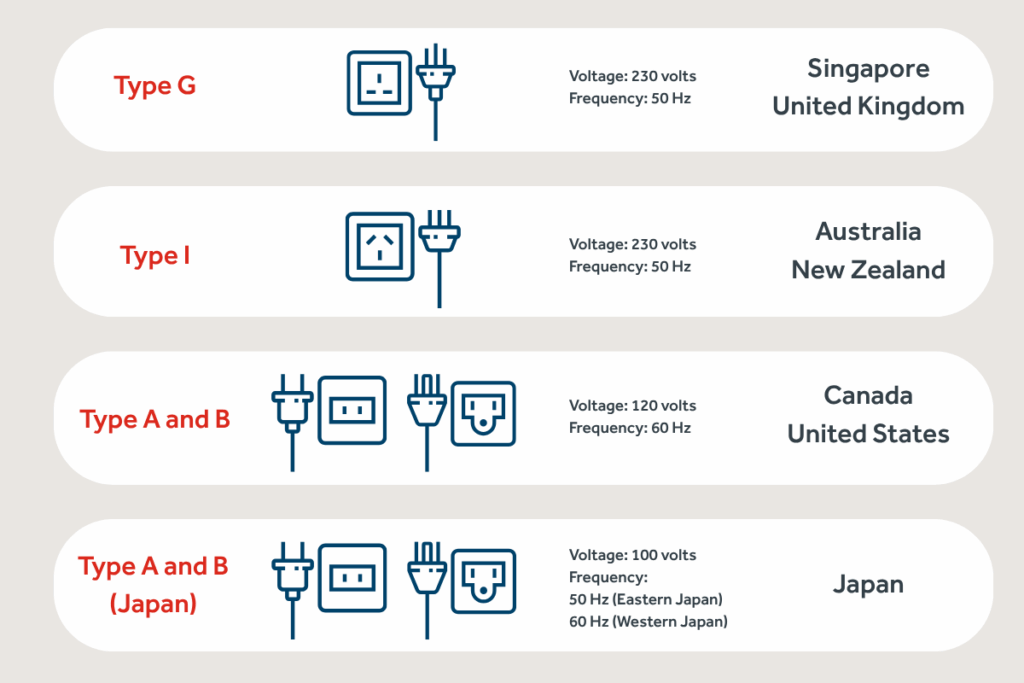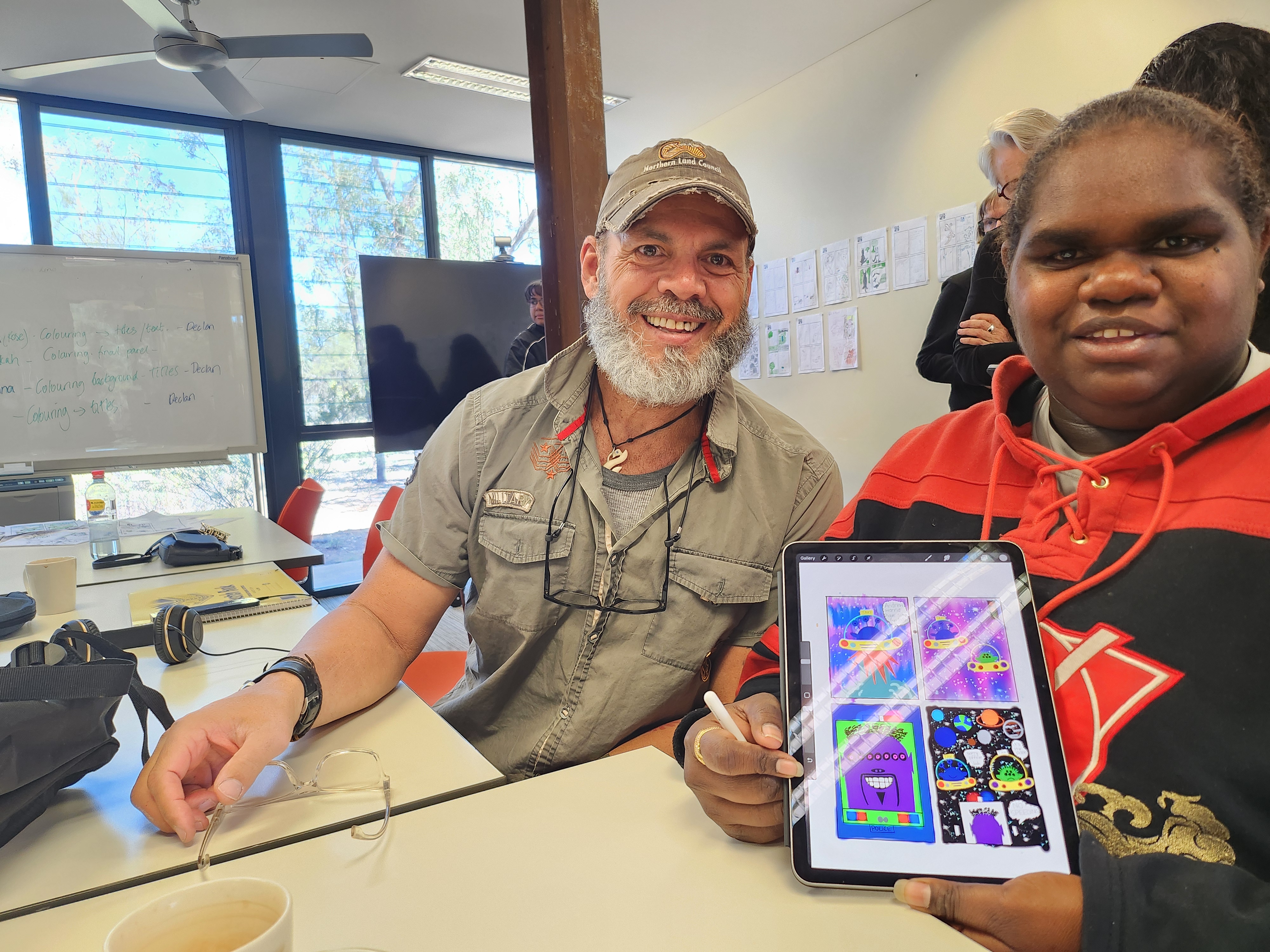Electrical systems vary across countries, and mismatched plugs or voltages can lead to broken appliances or even pose serious safety risks. This guide breaks down everything you need to know about voltage and plugs in some of the most popular destinations for Australians moving abroad.
Understanding voltage and plugs
Different countries use varying electrical standards, meaning voltages, plugs, and outlets may not align with what you’re used to in Australia. Australian appliances typically run on 230 volts and use Type I plugs. Plugging your device into an incompatible system can either damage your device or render it unusable without the correct adapter or voltage converter.
To help prepare you for your big move, we’ve compiled voltage and plug information for the top five destinations Australians often call their new home. Here’s what to expect:

Canada
- Voltage: 120 volts
- Frequency: 60 Hz
- Plug Type: A and B
Canada operates on 120 volts, much lower than Australia’s 230 volts. This means appliances like your hairdryer or kettle might require a voltage converter to function correctly. Canada uses Type A and Type B plugs. Type A plugs have two flat pins, while Type B plugs include an additional grounding pin, making them a three-pronged system.
Helpful tip: If you’re moving with electronics, invest in a universal plug adapter and double-check whether high-powered devices can operate safely on 120 volts.
Japan
- Voltage: 100 volts
- Frequency: 50 Hz (Eastern Japan) / 60 Hz (Western Japan)
- Plug Type: A and B
Japan operates on a lower system of 100 volts, which is significantly less than Australia’s 230 volts. Additionally, Japan’s electrical frequency differs by region. Eastern Japan, including Tokyo, operates at 50 Hz, whereas Western Japan, including Osaka, operates at 60 Hz. Type A and B plugs are used across the country, with Type A being the most common. Type A plugs have two flat pins, much like those in North America.
Helpful tip: Many modern Australian devices, such as laptops or phone chargers, are compatible with Japan’s voltage if they are dual-voltage. However, for devices like Australian kettles or hairdryers, you’ll likely need a voltage converter. It’s a good idea to check labels on your appliances before travelling.
New Zealand
- Voltage: 230 volts
- Frequency: 50 Hz
- Plug Type: I
The great news about New Zealand? It uses the same voltage and plug type as Australia! Since both countries operate on 230 volts using Type I plugs, you won’t need any additional converters or adapters for your Australian devices. Your appliances will seamlessly plug and play.
Helpful tip: Carry a power strip if you’re bringing several electronic items. You’ll appreciate the extension when sharing limited outlets.
Singapore
- Voltage: 230 volts
- Frequency: 50 Hz
- Plug Type: G
Singapore is a fantastic option for Australians as their 230-volt system matches perfectly with Australian appliances. However, their plug type is different, utilising Type G plugs, the same as those found in the UK.
Helpful tip: If Singapore is your final destination, picking up a few Type G plug adapters ahead of time will make your transition smoother.
United Kingdom
- Voltage: 230 volts
- Frequency: 50 Hz
- Plug Type: G
The UK also operates on 230 volts, so Australian appliances will work there without a voltage converter. However, you’ll need an adapter as the UK uses Type G plugs. These plugs have three square-shaped pins and are quite distinct from Australia’s Type I.
Helpful tip: The UK has a built-in safety measure. Many plugs feature integrated fuses, which protect devices from electrical faults. Make sure to check the fuse rating when purchasing adapters locally.
United States
- Voltage: 120 volts
- Frequency: 60 Hz
- Plug Type: A and B
Like Canada, the US uses 120 volts, which is incompatible with most Australian appliances unless they are dual-voltage. Be cautious with high-powered devices like hairdryers or electric kettles as they may not function properly even with a simple adapter. The US also uses plugs types A and B.
Helpful tip: Check if your appliance is labelled as “dual voltage.” This could save you from the hassle and expense of purchasing voltage converters for multiple devices.
To keep your electronics and appliances functional and safe, invest in universal adapters, voltage converters, or dual-voltage appliances when needed. For countries like New Zealand, where no modifications are required, you can focus your energy on the adventure ahead.




